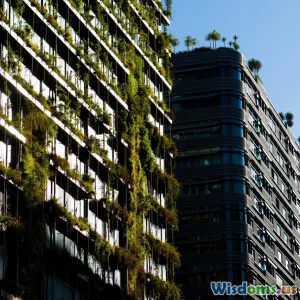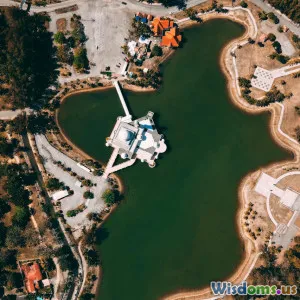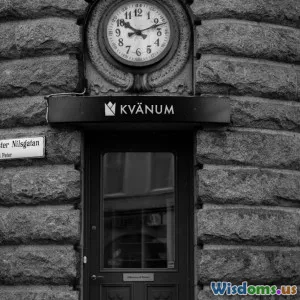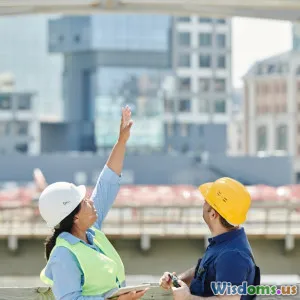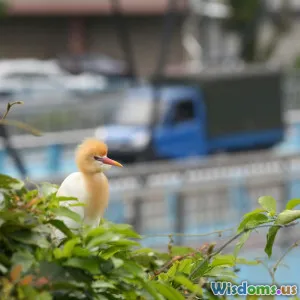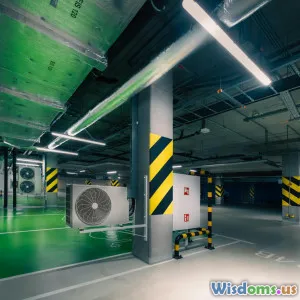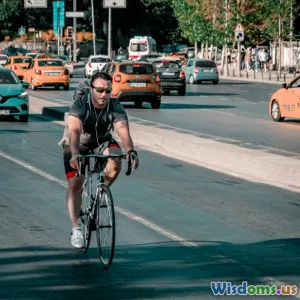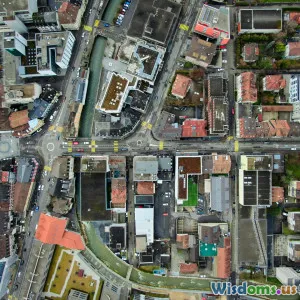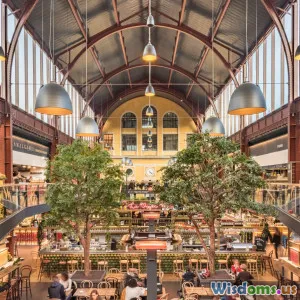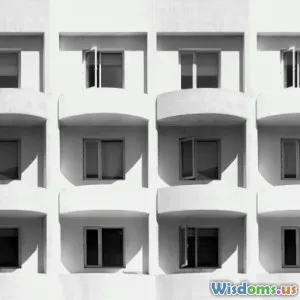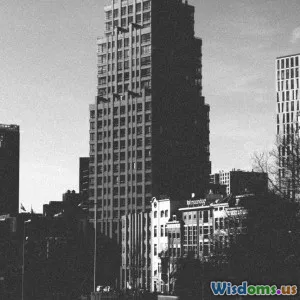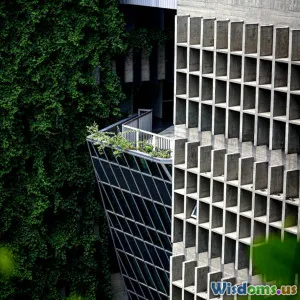
Transforming Urban Areas with Greenery
7 min read Explore how integrating greenery transforms urban environments for healthier, sustainable, and more vibrant cities. (0 Reviews)
Transforming Urban Areas with Greenery
Urban areas have long been characterized by steel, asphalt, and concrete — elements that often leave little room for nature. Yet, in an era marked by rapid urbanization and serious environmental challenges, the integration of greenery into cities is becoming a crucial design priority. This transformation is not just aesthetic; it’s a multifaceted strategy with profound implications for health, sustainability, resilience, and social cohesion.
Why Greenery in Cities Matters
The mounting evidence supporting urban greenery is undeniable. Cities cover just 3% of the Earth’s surface yet account for more than 70% of global carbon emissions, according to the United Nations. Amid such ecological pressure, the introduction of natural elements like trees, parks, green roofs, and vertical gardens offers solutions that extend beyond beautification.
Environmental Benefits
Green infrastructure acts as the city’s lungs, improving air quality by filtering pollutants and producing oxygen. Studies show that urban trees can absorb significant amounts of carbon dioxide. For instance, New York City’s million trees program estimated sequestration of nearly 12,000 tons of carbon annually. Furthermore, greenery reduces the heat island effect — a prevalent urban problem where cities can be up to 7°F warmer than surrounding areas. The presence of vegetation cools environments through shade and transpiration, reducing dependence on air conditioning and thereby lowering energy consumption.
Social and Psychological Impacts
Access to green spaces profoundly influences mental health and community cohesion. A 2019 study published in The Lancet Planetary Health found that individuals living near green spaces experience lower incidences of anxiety and depression. Parks and community gardens serve as social hubs where diverse populations forge relationships, fostering inclusivity and reducing urban isolation.
Integrating Greenery in Urban Design
Transitioning to a green urban landscape requires strategic architectural and planning efforts. Contemporary urban designers advocate for thoughtful incorporation of greenery at multiple scales.
Vertical Forests and Green Facades
In dense cities where ground space is limited, vertical forests provide an innovative solution. These buildings are wrapped in thousands of trees and shrubs, which enhance air purification while providing natural insulation. The Bosco Verticale in Milan, designed by Stefano Boeri Architetti, is a prime example. Since its completion in 2014, the twin towers have gained international acclaim for their ability to host over 900 trees and 20,000 plants, offsetting approximately 30 tons of CO2 each year.
Green Roofs and Walls
Green roofs not only add insulation but also mitigate stormwater runoff, reducing flooding risks in cities prone to heavy precipitation. Singapore’s capital has embraced this approach extensively, with mandated greenery on new and existing buildings leading to a lush cityscape. In 2020, Singapore had over 500 hectares of green roofs, contributing substantially to its vision as a 'City in a Garden.' Living walls, similarly, transform blank concrete surfaces into vibrant ecosystems, supporting biodiversity and enhancing urban aesthetics.
Parks and Pocket Gardens
The importance of accessible parks cannot be overstated. Cities like Copenhagen have revolutionized urban life through pedestrian-friendly park networks integrated with bike paths and open-air recreational spaces. Smaller pocket parks scattered through densely built neighborhoods, such as those promoted in New York City’s GreenThumb program, reclaim underutilized land and provide crucial localized green access points.
Challenges and Considerations
Despite these positive outcomes, integrating greenery into urban environments is not without challenges. Balancing economic costs, ongoing maintenance, and equitable placement requires long-term planning and collaboration.
Maintenance and Sustainability
Trees and plants require consistent care and irrigation, which can be resource-intensive, especially in water-scarce regions. However, innovations such as drought-resistant species and smart irrigation technology are helping cities overcome these barriers.
Equity in Green Space Distribution
Green deserts often mirror socioeconomic disparities. Low-income neighborhoods typically have fewer parks and vegetation. Movements advocating environmental justice emphasize equitable investment to ensure all urban dwellers reap the benefits of greenery.
Climate Adaptation and Resilience
Green infrastructure enhances not only everyday living but also disaster resilience. Wetlands and green buffers help absorb floodwaters; urban trees mitigate heat waves exacerbated by climate change. Respecting these functions drives decision making in cities facing climatic uncertainties.
Inspiring Global Examples
-
Curitiba, Brazil: Renowned for its integrated public transport system and parks, Curitiba pioneered urban greenways to promote sustainability and improve quality of life.
-
Paris, France: The "Paris Respire" (“Paris Breathes”) initiative periodically closes major streets to cars, allowing greenery and pedestrian zones to flourish, reducing pollution.
-
Melbourne, Australia: The Sustainable Melbourne Strategy targets greening 40% of the city with parks, street trees, and green roofs by 2040, blending biodiversity and urban growth.
Conclusion: Shaping Sustainable Urban Futures
As cities continue to expand, integrating greenery into architecture and urban design transcends optional enhancement—it becomes essential. Transforming urban areas through vegetation offers a proven means to address environmental issues, promote mental and physical health, and foster social resilience. Architects, planners, policymakers, and communities must collaborate to advocate, innovate and invest in green urbanism. By doing so, they do not merely create spaces for people—they nurture thriving ecosystems where both humanity and nature flourish side by side.
Embracing greenery is, quite simply, an investment in our collective urban future.
Rate the Post
User Reviews
Popular Posts










